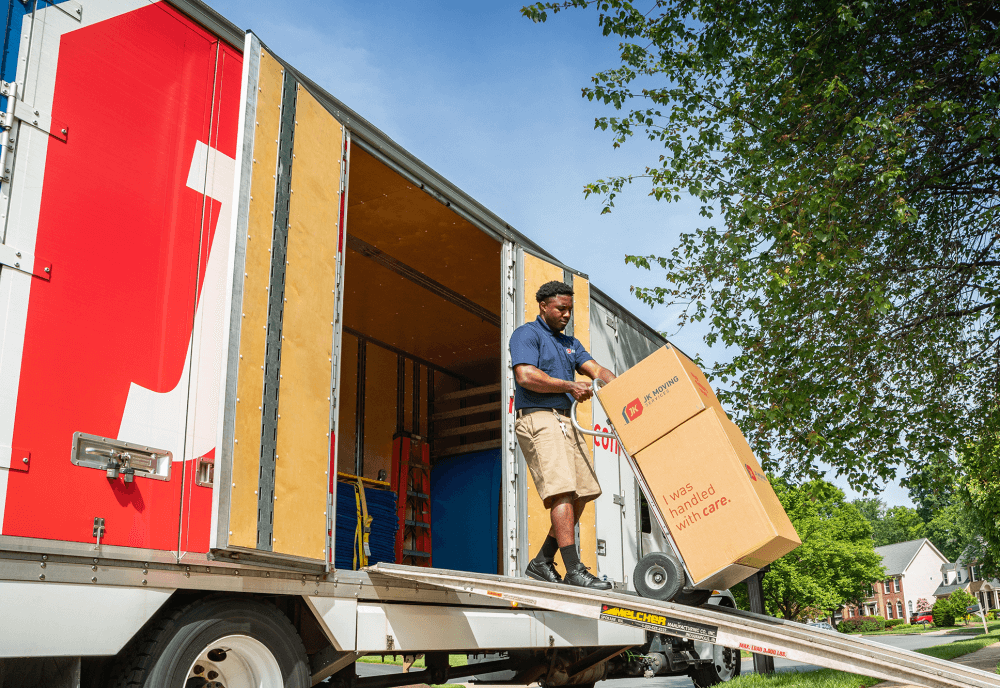The Ultimate Guide to Moving Services: Simplify Your Moving Journey
Relocating from one place to another—whether across town or across the country—can be a stressful, time-consuming, and often overwhelming process. Moving services are designed to ease this transition by handling the physical and logistical aspects of a move. From packing and loading to transporting and unpacking, these services provide professional support to ensure belongings are moved safely and efficiently.
As urbanization increases and people move more frequently for jobs, education, or better living conditions, moving companies have grown in both number and specialization. Today’s moving services cater to various needs including residential moves, office relocations, interstate moving, storage solutions, and even international relocation support.

Why Moving Services Are More Important Than Ever
In today's fast-paced world, more people are relocating due to career changes, remote work flexibility, housing affordability, and lifestyle upgrades. Here's why moving services matter more today:
-
Time-saving: Moving takes planning, labor, and time. Professionals handle this efficiently.
-
Stress reduction: Managing everything from logistics to heavy lifting can be exhausting without help.
-
Safety: Movers are trained to handle fragile, heavy, or bulky items without damaging them or injuring themselves.
-
Specialized solutions: From pet transportation to climate-controlled storage, services are now more tailored than ever.
Moving services are essential for families, students, professionals, and businesses looking to transition smoothly without disruption. The industry has become especially critical in urban centers and tech hubs where transient populations are more common.
Recent Trends and Changes in the Moving Industry
The moving services landscape has evolved significantly in recent years due to several key trends:
-
Remote Work Influence: Since early 2024, remote work opportunities have led to an increase in people moving to suburban or rural areas with lower living costs.
-
Eco-Friendly Moves: There has been a growing shift toward sustainable packing materials and electric moving vans to reduce carbon footprints.
-
AI-Based Scheduling: New platforms introduced in mid-2024 now use AI to optimize moving schedules, truck loading, and route planning.
-
Rising Costs: Inflation and fuel prices led to a 7–12% increase in moving costs across many regions in 2024.
-
Digital Estimations: Most companies now offer virtual surveys using smartphone cameras to generate moving quotes without an in-person visit.
A survey conducted by Move.org in August 2024 showed that 41% of people cited convenience and time-saving as their primary reason for hiring movers, while 27% said it was due to safety and experience.
How Laws and Regulations Impact Moving Services
Moving services are regulated at both national and regional levels. Understanding these policies can help you choose compliant and trustworthy service providers.
In the United States, for example:
-
Federal Motor Carrier Safety Administration (FMCSA): Requires all interstate moving companies to be registered and display their USDOT number.
-
Consumer Protection Rules: Movers must provide a written estimate and clearly define liability coverage options (released value vs. full value protection).
-
State Regulations: Local intrastate movers may be governed by state transport authorities with licensing requirements and complaint resolution procedures.
In countries like Canada, Australia, and most of Europe, moving companies must follow national transport safety laws, insurance obligations, and customer rights protections.
Key tip: Always verify if the moving company is registered and insured, especially for long-distance or international moves.
Helpful Tools and Resources for a Smoother Move
Thanks to technology and public resources, planning a move is now more manageable than ever. Below are several recommended tools and websites:
| Tool/Resource | Purpose |
|---|---|
| Move.org | Compare moving company reviews and costs |
| U-Pack Moving Cost Calculator | Get instant quotes for self-moving services |
| Sortly or MovingWaldo App | Inventory management and checklist planning |
| Google Maps | Route planning for self-moves |
| Change of Address Tool (USPS/Local Govt) | Update your address with government and utility providers |
| Moving Checklist Templates (Microsoft/Google Docs) | Customizable checklists for every stage of the move |
| FMCSA.gov | Verify movers’ licenses and safety records |
For international moves, look for customs regulations through government websites like CBP (US Customs and Border Protection) or the gov.uk portal.
Frequently Asked Questions About Moving Services
1. How much do professional moving services cost?
Costs vary based on distance, volume, and service type. Local moves typically range between $300–$1,500, while long-distance moves can go from $2,000–$8,000 or more. Factors include labor, packing, insurance, and truck fees.
2. What is the difference between full-service movers and self-service movers?
-
Full-service movers handle everything from packing to unloading.
-
Self-service movers only provide transport; you handle packing and loading.
Full-service is costlier but less labor-intensive.
3. When is the best time to move?
The off-season (October to April) usually offers lower rates and greater availability. Summer months are busiest due to favorable weather and school holidays.
4. What should I look for when hiring a moving company?
Check for:
-
Licensing (USDOT for U.S. interstate moves)
-
Insurance coverage options
-
Transparent estimates
-
Online reviews
-
No hidden fees in the contract
5. Can moving expenses be tax deductible?
In the U.S., moving expenses are generally not tax deductible unless you're an active-duty military member relocating under orders. Always consult your local tax authority or advisor for accurate information.
Final Thoughts
Whether you're moving across the street or across continents, the right moving service can make a world of difference. With updated regulations, evolving tech tools, and specialized service offerings, relocation today is safer and more efficient than ever before. By planning ahead, using the right resources, and knowing your rights, you can reduce stress and make your move a successful journey—not just a task.
Use this guide as a starting point to explore, compare, and make informed decisions tailored to your moving needs.